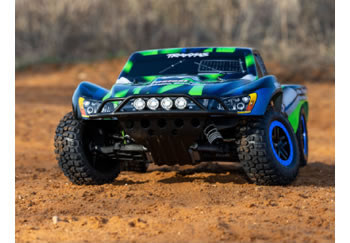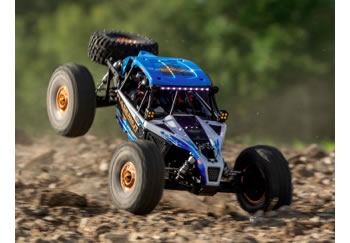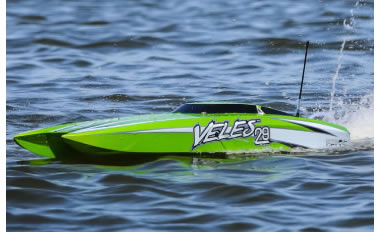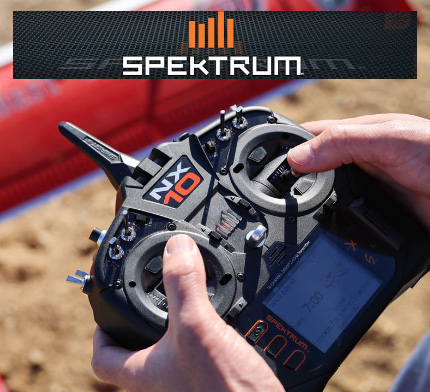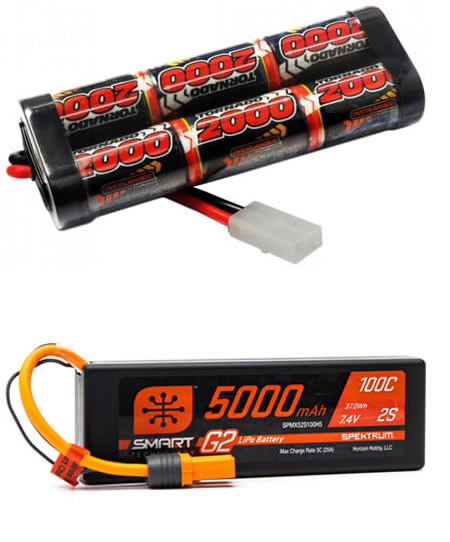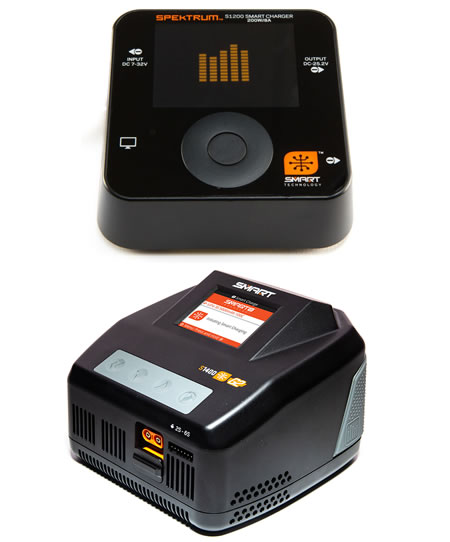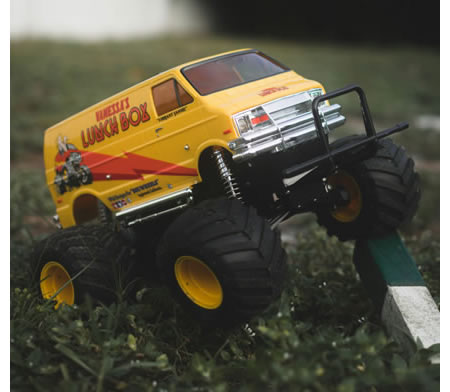Revell 1/72 Challenger 1 # 03365
 Spread the cost with Paypal Credit
0% for 24 months available on orders over £199
Spread the cost with Paypal Credit
0% for 24 months available on orders over £199
 Spread the cost with Klarna
0% for 24 months available on orders over £199
Spread the cost with Klarna
0% for 24 months available on orders over £199
![]()
The Challenger 1 was a British main battle tank (MBT) that served as the backbone of the British Army from the 1980s until its replacement by the Challenger 2 in the late 1990s.
Developed by the Royal Ordnance Factory in response to a British Army requirement for a modern, heavily-armored, and highly capable tank, the Challenger 1 combined cutting-edge technology, formidable firepower, and innovative armor protection.
Design and Structure:
Hull and Turret: The Challenger 1 featured a well-armored, low-profile hull with a spacious turret designed to accommodate a four-man crew: commander, gunner, loader, and driver. The turret was powered by an electric system, allowing for rapid target acquisition and smooth turret rotation.
Crew Layout:
Driver: Located at the front of the hull.
Gunner and Commander: Positioned in the turret.
Loader: Responsible for manually loading the main gun.
Dimensions:
Length: 11.5 meters (37.7 feet) with gun forward.
Width: 3.51 meters (11.5 feet).
Height: 2.95 meters (9.7 feet).
Engine and Mobility:
Engine: The Challenger 1 was powered by a Rolls-Royce CV12 26-liter diesel engine, delivering 1,200 horsepower.
Transmission: Equipped with a David Brown TN37 transmission, providing four forward and two reverse gears.
Top Speed: Approximately 35 mph (56 km/h) on roads and 25 mph (40 km/h) cross-country.
Range: About 280 miles (450 km) on internal fuel.
Suspension: Hydropneumatic suspension system offering excellent cross-country mobility and the ability to adjust ride height for various terrain conditions.
Armament and Firepower:
Main Gun: The Challenger 1 was armed with the 120mm L11A5 rifled gun, capable of firing a variety of ammunition types, including:
APFSDS (Armor-Piercing Fin-Stabilized Discarding Sabot): For engaging enemy tanks.
HESH (High-Explosive Squash Head): Effective against both armor and fortified positions.
Smoke Rounds: For creating visual cover.
Ammunition Capacity: Carried up to 64 rounds of 120mm ammunition.
Secondary Armament:
1 × 7.62mm L8A2 coaxial machine gun mounted alongside the main gun.
1 × 7.62mm L37A2 machine gun mounted on the turret for anti-infantry and anti-aircraft defense.
Smoke Dispensers: Equipped with two sets of five smoke grenade dischargers on either side of the turret for self-defense and concealment.
Fire Control and Targeting Systems:
TOGS (Thermal Observation and Gunnery System): The Challenger 1 was one of the first tanks to feature a thermal imaging system, allowing for effective target acquisition and engagement in low-visibility conditions, including night operations.
Laser Rangefinder: Provided precise distance measurement to targets, enhancing gunnery accuracy.
Ballistic Computer: Integrated with the fire control system to automatically calculate the correct aiming adjustments based on range, ammunition type, and environmental factors.
Armor and Protection:
Chobham Composite Armor: The Challenger 1 was the first operational tank to feature Chobham armor, a revolutionary composite armor developed by British engineers. This advanced armor provided superior protection against kinetic energy penetrators (APFSDS) and shaped-charge munitions (HEAT).
Reactive Armor Option: In later variants, additional explosive reactive armor (ERA) was added to enhance protection against modern anti-tank threats.
NBC Protection: Equipped with a Nuclear, Biological, and Chemical (NBC) filtration system to protect the crew from chemical and biological threats.
Operational History:
Service Entry: The Challenger 1 entered service with the British Army in 1983, replacing the aging Chieftain tank.
Gulf War (1991): The Challenger 1 saw extensive combat during Operation Desert Storm, where it demonstrated remarkable reliability and lethality. It was responsible for the longest recorded tank kill in history, engaging and destroying an Iraqi tank at a range of over 5,000 meters.
Balkans Operations: The Challenger 1 also served in peacekeeping and enforcement roles during NATO operations in the Balkans during the 1990s.
Performance in Combat:
Superior Protection: The Challenger 1 proved highly resistant to enemy fire thanks to its Chobham armor, with no British Challenger 1 tanks being lost to enemy action during the Gulf War.
Accurate Firepower: Its rifled 120mm gun allowed for precise and effective engagements at long ranges, making it a formidable threat to enemy armor.
Variants and Upgrades:
Challenger 1 Mk. 2: Introduced improved armor and additional battlefield capabilities.
Challenger Armoured Repair and Recovery Vehicle (CRARRV): A specialized variant used for recovery and battlefield maintenance.
Retirement and Successor:
The Challenger 1 was gradually phased out in the late 1990s and was replaced by the Challenger 2, which incorporated many lessons learned from its predecessor and featured even more advanced armor, fire control systems, and improved reliability.
Legacy:
The Challenger 1 left a lasting legacy as one of the most well-protected and powerful tanks of its era. Its performance in the Gulf War cemented its reputation as a formidable and reliable platform, and the innovations pioneered in its design influenced future generations of Western main battle tanks.
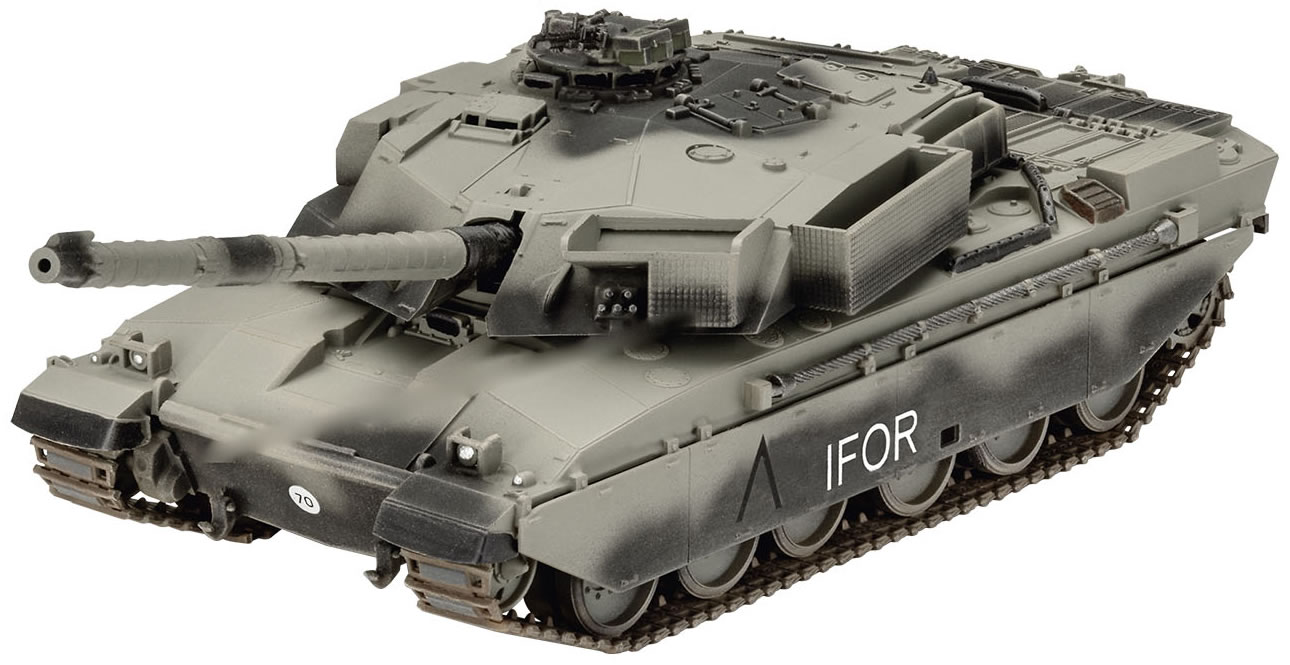

| SKU | RVL03365 |
|---|---|
| Manufacturer | Revell |
| Scale | 1/72 |
| EAN | 4009803033655 |
| Short Description | Revell 1/72 Challenger 1 # 03365 |
-
 Revell 1/72 Fennek Scout Car # 03356Special Price £15.29 was £16.99 Save 10%
Revell 1/72 Fennek Scout Car # 03356Special Price £15.29 was £16.99 Save 10% -
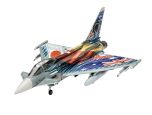 Revell 1/72 Eurofighter Pacific Exclusive Edition # 05649Special Price £89.99 was £99.99 Save 10% Free UK Delivery
Revell 1/72 Eurofighter Pacific Exclusive Edition # 05649Special Price £89.99 was £99.99 Save 10% Free UK Delivery -
 Revell 1/72 ATF Dingo 1 # 03345Special Price £21.59 was £23.99 Save 10%
Revell 1/72 ATF Dingo 1 # 03345Special Price £21.59 was £23.99 Save 10% -
 Revell 1/72 M1A2 Abrams # 03346Special Price £21.59 was £23.99 Save 10%
Revell 1/72 M1A2 Abrams # 03346Special Price £21.59 was £23.99 Save 10% -
 Revell 1/72 Panzerhaubitze 2000 # 03347Special Price £21.59 was £23.99 Save 10%
Revell 1/72 Panzerhaubitze 2000 # 03347Special Price £21.59 was £23.99 Save 10% -
 Revell 1/72 "Berlin Airlift" 75th Anniversary Gift Set # 05652Special Price £71.99 was £79.99 Save 10%
Revell 1/72 "Berlin Airlift" 75th Anniversary Gift Set # 05652Special Price £71.99 was £79.99 Save 10% -
 Revell 1/72 M109 A2 # 03361Special Price £20.69 was £22.99 Save 10%
Revell 1/72 M109 A2 # 03361Special Price £20.69 was £22.99 Save 10% -
 Revell 1/72 Lockheed-Martin F-35A Lightning II # 03799Special Price £26.99 was £29.99 Save 10%
Revell 1/72 Lockheed-Martin F-35A Lightning II # 03799Special Price £26.99 was £29.99 Save 10% -
 Revell 1/72 Fairey Gannet AS.1/AS.4 # 03775Special Price £17.99 was £19.99 Save 10%
Revell 1/72 Fairey Gannet AS.1/AS.4 # 03775Special Price £17.99 was £19.99 Save 10% -
 Revell 1/72 Leopard 2A7V # 03355Special Price £20.69 was £22.99 Save 10%
Revell 1/72 Leopard 2A7V # 03355Special Price £20.69 was £22.99 Save 10% -
 Revell 1/72 German Submarine Type IXC/40 Platinum Edition # 05180Special Price £143.99 was £159.99 Save 10% Free UK Delivery
Revell 1/72 German Submarine Type IXC/40 Platinum Edition # 05180Special Price £143.99 was £159.99 Save 10% Free UK Delivery -
 Revell 1/72 Blohm-und-Voss BV-222 # 03792Special Price £44.49 was £49.99 Save 11%
Revell 1/72 Blohm-und-Voss BV-222 # 03792Special Price £44.49 was £49.99 Save 11% -
 Revell 1/72 Westland Lynx # 03805Special Price £15.29 was £16.99 Save 10%
Revell 1/72 Westland Lynx # 03805Special Price £15.29 was £16.99 Save 10% -
 Revell 1/72 Arado AR-240 # 03798Special Price £25.19 was £27.99 Save 10%
Revell 1/72 Arado AR-240 # 03798Special Price £25.19 was £27.99 Save 10% -
 Revell 1/72 T-72 M1 # 03357Special Price £19.34 was £21.49 Save 10%
Revell 1/72 T-72 M1 # 03357Special Price £19.34 was £21.49 Save 10% -
 Revell 1/72 "Conflict of Nations" Exclusive Edition Gift Set # 05655Special Price £89.99 was £99.99 Save 10% Free UK Delivery
Revell 1/72 "Conflict of Nations" Exclusive Edition Gift Set # 05655Special Price £89.99 was £99.99 Save 10% Free UK Delivery -
 Revell 1/72 Mitsubishi Ki-21-la "Sally" # 03797Special Price £35.09 was £38.99 Save 10%
Revell 1/72 Mitsubishi Ki-21-la "Sally" # 03797Special Price £35.09 was £38.99 Save 10% -
 Revell 1/72 Arado Ar.555 Strategic Bomber # 03790Special Price £20.69 was £22.99 Save 10%
Revell 1/72 Arado Ar.555 Strategic Bomber # 03790Special Price £20.69 was £22.99 Save 10% -
 Revell 1/72 Sd.Kfz.164 Nashorn # 03358Special Price £15.29 was £16.99 Save 10%
Revell 1/72 Sd.Kfz.164 Nashorn # 03358Special Price £15.29 was £16.99 Save 10% -
 Revell 1/72 Fennek Scout Car # 03356Special Price £15.29 was £16.99 Save 10%
Revell 1/72 Fennek Scout Car # 03356Special Price £15.29 was £16.99 Save 10% -
 Revell 1/72 Eurofighter Pacific Exclusive Edition # 05649Special Price £89.99 was £99.99 Save 10% Free UK Delivery
Revell 1/72 Eurofighter Pacific Exclusive Edition # 05649Special Price £89.99 was £99.99 Save 10% Free UK Delivery -
 Revell 1/72 ATF Dingo 1 # 03345Special Price £21.59 was £23.99 Save 10%
Revell 1/72 ATF Dingo 1 # 03345Special Price £21.59 was £23.99 Save 10% -
 Revell 1/72 M1A2 Abrams # 03346Special Price £21.59 was £23.99 Save 10%
Revell 1/72 M1A2 Abrams # 03346Special Price £21.59 was £23.99 Save 10% -
 Revell 1/72 Panzerhaubitze 2000 # 03347Special Price £21.59 was £23.99 Save 10%
Revell 1/72 Panzerhaubitze 2000 # 03347Special Price £21.59 was £23.99 Save 10% -
 Revell 1/72 "Berlin Airlift" 75th Anniversary Gift Set # 05652Special Price £71.99 was £79.99 Save 10%
Revell 1/72 "Berlin Airlift" 75th Anniversary Gift Set # 05652Special Price £71.99 was £79.99 Save 10% -
 Revell 1/72 M109 A2 # 03361Special Price £20.69 was £22.99 Save 10%
Revell 1/72 M109 A2 # 03361Special Price £20.69 was £22.99 Save 10% -
 Revell 1/72 Lockheed-Martin F-35A Lightning II # 03799Special Price £26.99 was £29.99 Save 10%
Revell 1/72 Lockheed-Martin F-35A Lightning II # 03799Special Price £26.99 was £29.99 Save 10% -
 Revell 1/72 Fairey Gannet AS.1/AS.4 # 03775Special Price £17.99 was £19.99 Save 10%
Revell 1/72 Fairey Gannet AS.1/AS.4 # 03775Special Price £17.99 was £19.99 Save 10% -
 Revell 1/72 Leopard 2A7V # 03355Special Price £20.69 was £22.99 Save 10%
Revell 1/72 Leopard 2A7V # 03355Special Price £20.69 was £22.99 Save 10% -
 Revell 1/72 German Submarine Type IXC/40 Platinum Edition # 05180Special Price £143.99 was £159.99 Save 10% Free UK Delivery
Revell 1/72 German Submarine Type IXC/40 Platinum Edition # 05180Special Price £143.99 was £159.99 Save 10% Free UK Delivery -
 Revell 1/72 Blohm-und-Voss BV-222 # 03792Special Price £44.49 was £49.99 Save 11%
Revell 1/72 Blohm-und-Voss BV-222 # 03792Special Price £44.49 was £49.99 Save 11% -
 Revell 1/72 Westland Lynx # 03805Special Price £15.29 was £16.99 Save 10%
Revell 1/72 Westland Lynx # 03805Special Price £15.29 was £16.99 Save 10% -
 Revell 1/72 Arado AR-240 # 03798Special Price £25.19 was £27.99 Save 10%
Revell 1/72 Arado AR-240 # 03798Special Price £25.19 was £27.99 Save 10% -
 Revell 1/72 T-72 M1 # 03357Special Price £19.34 was £21.49 Save 10%
Revell 1/72 T-72 M1 # 03357Special Price £19.34 was £21.49 Save 10% -
 Revell 1/72 "Conflict of Nations" Exclusive Edition Gift Set # 05655Special Price £89.99 was £99.99 Save 10% Free UK Delivery
Revell 1/72 "Conflict of Nations" Exclusive Edition Gift Set # 05655Special Price £89.99 was £99.99 Save 10% Free UK Delivery -
 Revell 1/72 Mitsubishi Ki-21-la "Sally" # 03797Special Price £35.09 was £38.99 Save 10%
Revell 1/72 Mitsubishi Ki-21-la "Sally" # 03797Special Price £35.09 was £38.99 Save 10% -
 Revell 1/72 Arado Ar.555 Strategic Bomber # 03790Special Price £20.69 was £22.99 Save 10%
Revell 1/72 Arado Ar.555 Strategic Bomber # 03790Special Price £20.69 was £22.99 Save 10% -
 Revell 1/72 Sd.Kfz.164 Nashorn # 03358Special Price £15.29 was £16.99 Save 10%
Revell 1/72 Sd.Kfz.164 Nashorn # 03358Special Price £15.29 was £16.99 Save 10% -
 Revell 1/72 Fennek Scout Car # 03356Special Price £15.29 was £16.99 Save 10%
Revell 1/72 Fennek Scout Car # 03356Special Price £15.29 was £16.99 Save 10% -
 Revell 1/72 Eurofighter Pacific Exclusive Edition # 05649Special Price £89.99 was £99.99 Save 10% Free UK Delivery
Revell 1/72 Eurofighter Pacific Exclusive Edition # 05649Special Price £89.99 was £99.99 Save 10% Free UK Delivery -
 Revell 1/72 ATF Dingo 1 # 03345Special Price £21.59 was £23.99 Save 10%
Revell 1/72 ATF Dingo 1 # 03345Special Price £21.59 was £23.99 Save 10% -
 Revell 1/72 M1A2 Abrams # 03346Special Price £21.59 was £23.99 Save 10%
Revell 1/72 M1A2 Abrams # 03346Special Price £21.59 was £23.99 Save 10% -
 Revell 1/72 Panzerhaubitze 2000 # 03347Special Price £21.59 was £23.99 Save 10%
Revell 1/72 Panzerhaubitze 2000 # 03347Special Price £21.59 was £23.99 Save 10% -
 Revell 1/72 "Berlin Airlift" 75th Anniversary Gift Set # 05652Special Price £71.99 was £79.99 Save 10%
Revell 1/72 "Berlin Airlift" 75th Anniversary Gift Set # 05652Special Price £71.99 was £79.99 Save 10%





